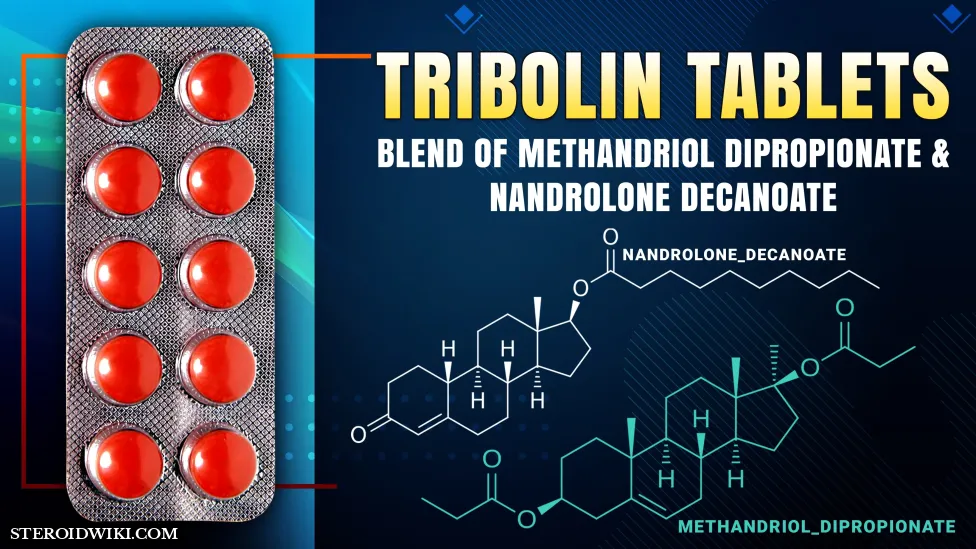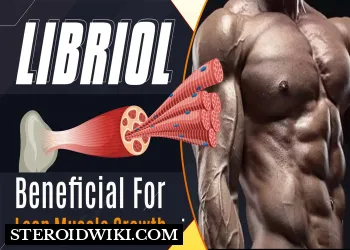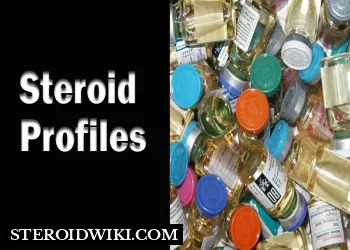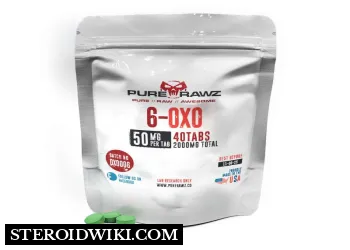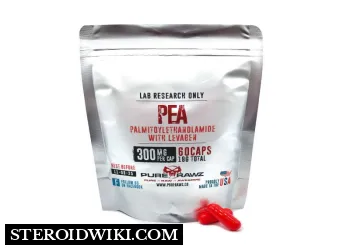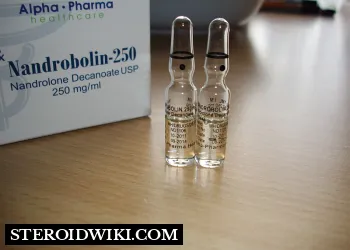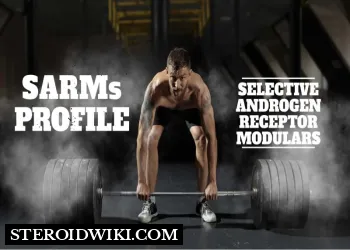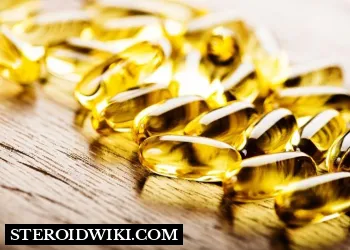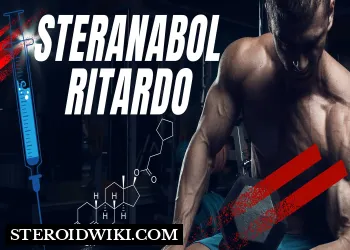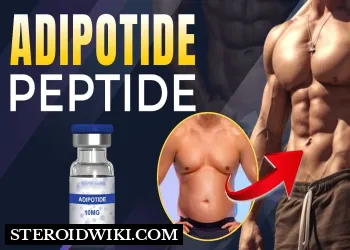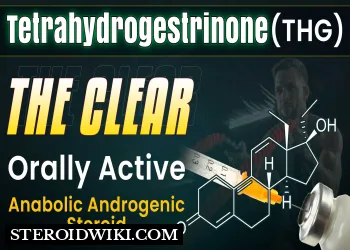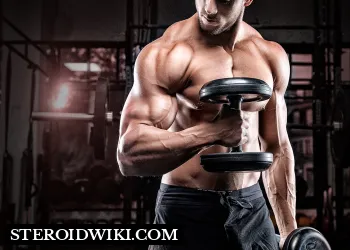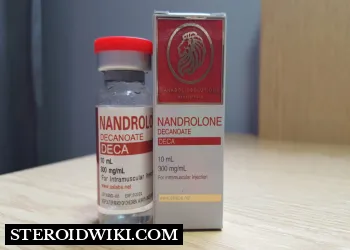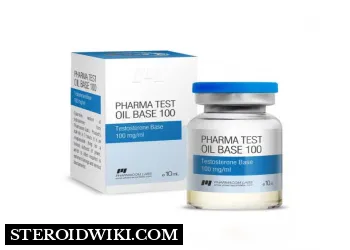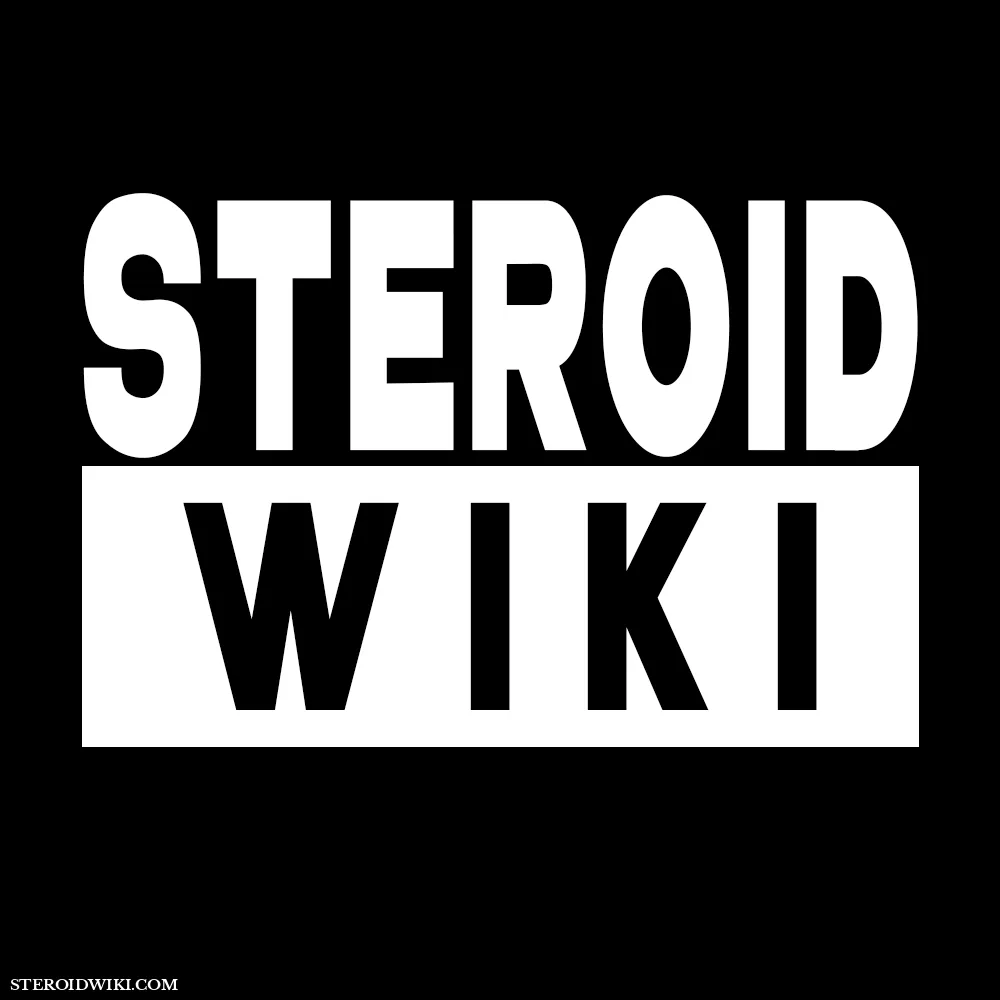Tribolin Tablets guide
Table of Contents
- General information
- What is Nandrolone (Tribolin)?
- Nandrolone (Tribolin) Indications
- Uses of Nandrolone (Tribolin) in Detail
- Nandrolone (Tribolin) Description
- Nandrolone (Tribolin) Dosage
- Nandrolone (Tribolin) Interactions
- Nandrolone (Tribolin) Side Effects
- Other side effects include
- Nandrolone (Tribolin) Contraindications
- Conclusion
- References
General information
Molecular Weight(base): 274.4022
Melting Point (base): 122-124C
Active life: 15 days
Detection Time: Up to 18 months
Anabolic/Androgenic Ratio: 125/37
In the realm of pharmaceuticals, Tribolin, marketed as Tribolin, stands as a notable anabolic steroid with a range of medical applications. From its indications and dosage to its interactions and side effects, understanding this medication is crucial for both healthcare providers and patients. This article describes the Tribolin its uses, dosage guidelines, interactions, side effects, contraindications, and more.
What is Tribolin?
Tribolin (Tribolin) is an anabolic steroid utilized primarily for managing certain medical conditions. It is particularly prescribed for addressing anemia associated with renal insufficiency, where it has demonstrated efficacy in increasing hemoglobin and red cell mass. The medication exerts its effects by enhancing the growth of specific tissues within the body and improving the oxygen-carrying capacity of the blood, primarily through an increase in hemoglobin levels and the size of red blood cells.
Molecular formula
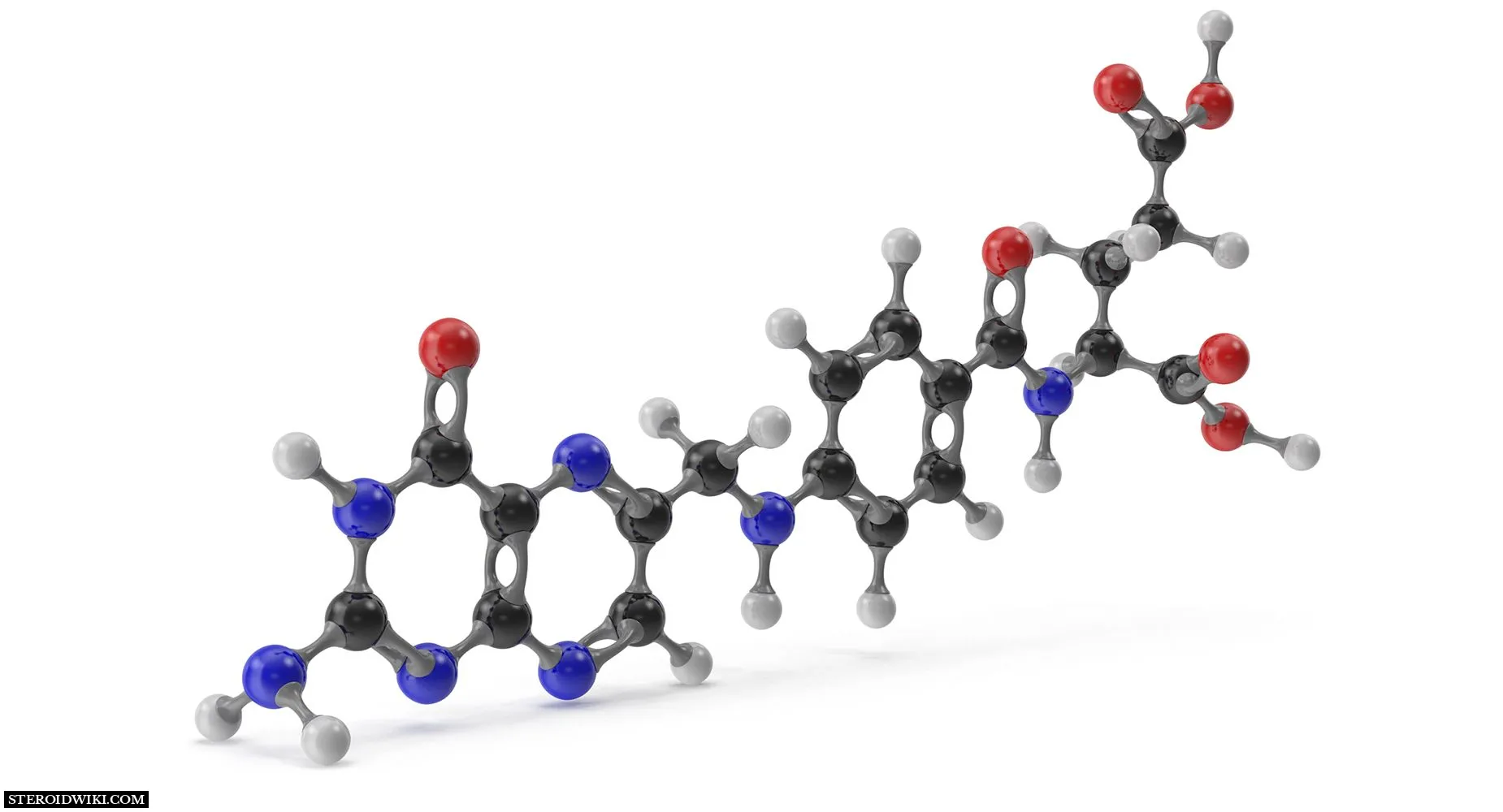
How its work?
Tibrolin Tablet is a combination of two enzymes (Bromelain, Trypsin), and an antioxidant (Rutoside). The enzymes work by increasing the blood supply to the affected area and help the body produce substances that fight pain and swelling. The antioxidant protects the body from damage by chemicals (free radicals) and further reduces swelling.
Tribolin (Tribolin) Indications
Tribolin tablets find their primary indication in managing anemia associated with renal insufficiency. It has been clinically shown to elevate hemoglobin levels and red cell mass in affected individuals. However, it's essential to note that responses may vary among patients, with some individuals being less responsive, particularly those who have undergone surgical removal of their kidneys.
Tibrolin Tablet is a pain-relieving medicine. It is used in the treatment of various conditions such as
- Fever
- Headache
- Arthritis-related pain
- Menstrual cramps
- And toothache
Administration
Tibrolin tablets should be taken with or without food. The dose and duration will depend on what you are using it for and how well it helps your symptoms. Use it regularly and do not discontinue using it until the doctor tells you it is alright to stop.
Uses of Tribolin in Detail
Tribolin serves various medical purposes, primarily revolving around its anabolic properties. Beyond its role in managing renal anemia, it has been explored in the treatment of other conditions where anabolic support is beneficial. These may include addressing symptoms associated with conditions such as cachexia, where patients experience severe muscle wasting, and hormone replacement therapy in certain cases. Its use is, however, strictly regulated and must be supervised by a healthcare professional.
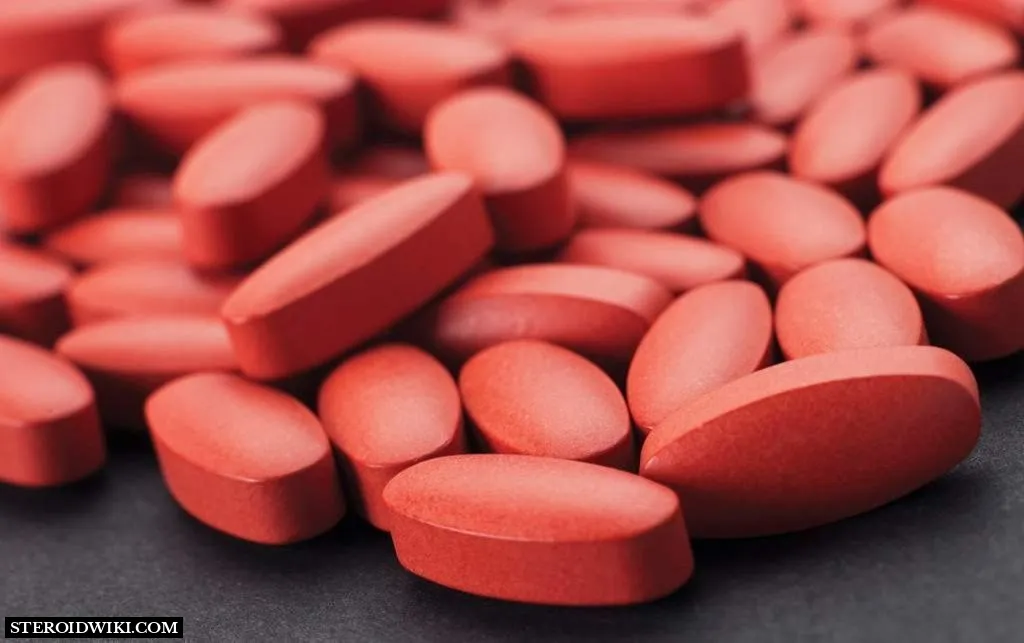
Tribolin (Tribolin) is a potent androgenic steroid predominantly secreted by the Leydig cells of the testis. Its production is stimulated by luteinizing hormone from the pituitary gland, showcasing its intricate regulatory mechanism within the body. Testosterone, the precursor to Tribolin, plays a pivotal role in various tissues, where it can be further converted to dihydrotestosterone or estradiol, exhibiting diverse physiological effects.
Tribolin Dosage
Dosage guidelines for Tribolin vary depending on the condition being treated and the patient's age and sex. For adults with metastatic breast cancer, the typical dosage ranges from 50 to 100 mg administered via deep intramuscular injection once a week.
In cases of anemia associated with chronic renal failure, the dosage for females generally ranges from 50 to 100 mg weekly, while males may require higher doses of 100 to 200 mg per week. Pediatric dosages are adjusted based on age and weight, with careful consideration of individual patient factors.
Tribolin Interactions
Tribolin may interact with various medications, altering their efficacy or increasing the risk of adverse effects. Enzyme-inducing agents have been shown to decrease Tribolin levels, while enzyme-inhibiting drugs may elevate its concentrations in the body. Additionally, co-administration with certain medications, such as corticosteroids or recombinant human erythropoietin, requires close monitoring due to potential interactions that may impact treatment outcomes.
When used within mass-building cycles its usually stacked with testosterone and/or powerful orals like Oxymetholone (Anadrol) or Methandrostenolone (Dianabol). In cutting cycles, it's combined with short-ester injectable anabolic steroids such as testosterone propionate and Boldenone Acetate, and/or with DHT-derived orals like Stanozolol (Winstrol) and Oxandrolone (Anavar).
Tribolin (Tribolin) Side Effects
Like any medication, Tribolin is associated with a spectrum of potential side effects, ranging from mild to severe. These include hepatic effects such as
- Hepatocellular neoplasms and peliosis hepatis
- Genitourinary manifestations like phallic enlargement and testicular atrophy in men
- Menstrual irregularities and clitoral enlargement in women
- Central nervous system disturbances
- Gastrointestinal discomfort
- Hematologic abnormalities
- Metabolic/endocrine alterations
These are among the reported side effects.
Other side effects include
Tribolin is one of the more side-effect-friendly anabolic steroids for men and can prove useful for women, but normally only in therapeutic-level doses. With this use, most men will be able to use this steroid without the first negative effect. To achieve this level of safe supplementation, your first step is to recognize the possible side effects of Tribolin, as well as what you can do about them. For ease of understanding, we have broken down the side effects into separate categories along with the related information you’ll need.
Estrogenic
The Tribolin is not very estrogenic, but it does carry a slight aromatizing nature. Aromatization refers to testosterone’s ability to convert to estrogen, a process that occurs due to the hormone’s interaction with the aromatase enzyme. As estrogen levels rise, this can promote gynecomastia, excess water retention and high blood pressure due to severe levels of water retention. Fortunately, the aromatase level of Tribolin is low, but there is another factor to consider, which is its progestin nature. Tribolin has a strong affinity for the progesterone receptor, as well as the ability to significantly stimulate the estrogenic mechanism in the mammary tissue enhancing the risk of gynecomastia.
Androgenic
It can produce androgenic side effects; however, the threshold tends to be rather high for most men. Possible androgenic side effects include acne, accelerated hair loss in those predisposed to male pattern baldness, and body hair growth.
Cardiovascular
It can hurt cholesterol by skewing the HDL and LDL ratios. This potential negative effect will be most prominent as it pertains to HDL cholesterol suppression.
Studies
Studies have shown that the Tribolin will have a stronger, negative impact on HDL cholesterol than testosterone. However, the total cardiovascular strain should be much less than most oral steroids.
Due to the potential cholesterol issues caused by Tribolin, maintaining a cholesterol-friendly lifestyle during use will be extremely important. This should not only include a cholesterol-friendly diet, but one that is rich in omega fatty acids and that ensures you implement plenty of cardiovascular activity into your routine.
Testosterone
Tribolin like all anabolic steroids is suppressive to natural testosterone production. The rate of suppression varies from one steroid to the next, but with Tribolin, and all Tribolin-based compounds, it will be extreme.
Studies
Some studies have shown that a single 100mg dosing of the steroid will suppress total natural production. Other studies, while they do not show near the rate of suppression, are still more than significant and often a representation of at least 2/3rd total reduction in serum testosterone levels. For this reason, all men who supplement with Tribolin should include exogenous testosterone. The form of testosterone you choose is of no consequence, all that matters is that your body is provided with the testosterone it needs. Failure to supplement with exogenous testosterone will result in a low testosterone condition. Such a condition can be quite bothersome; it comes with numerous possible symptoms but, more importantly, is extremely unhealthy.
Tribolin Contraindications
Certain contraindications restrict the use of Tribolin in specific patient populations. It is contraindicated in men with carcinoma of the breast or known or suspected carcinoma of the prostate due to its potential to exacerbate these conditions. Women, pregnant or breastfeeding, should avoid exposure to Tribolin due to the risk of fetal harm. Additionally, individuals with known hypersensitivity to any of its ingredients should refrain from its use.
Conclusion
Tribolin represents a significant therapeutic option in the management of various medical conditions, particularly anemia associated with renal insufficiency. Its efficacy, however, must be balanced with careful consideration of its potential side effects and interactions, necessitating close monitoring by healthcare providers. By understanding its indications, proper usage, potential interactions, and contraindications, healthcare professionals and patients can make informed decisions regarding the use of Tribolin (Tribolin) in clinical practice. Always consult with a qualified healthcare provider for personalized medical advice and treatment recommendations. Tribolin is a veterinary steroid blend of 40 mg/ml of methandriol dipropionate and 35 mg/ml of Tribolin decanoate.
References
- KSH, S.C., 2018. A Duble Blinded Comparative Evaluavtion of Therapuetic Efficiancy of Combination of (Trypsin, Bramelain, Rotside) with Diclofenc Sodium and Placebo in Impacted Mandibular Third Molur Surgery-A Clinical Study (Doctoral dissertation, Rajiv Gandhi University of Health Sciences (India)).
- Tibrolin D Tablet - Uses, Dosage, Side Effects, Price, Composition (no date) Practo. Available at: https://www.practo.com/medicine-info/tibrolin-d-tablet-49742 (Accessed: 15 February 2024).
- Titlestad, SD, Lambert, MI* & Schwellnus, M., 1994. A survey to determine types and dosages of anabolic androgenic steroids used by competitive bodybuilders in South Africa. South African Journal of Sports Medicine, 1(2), pp.24-28.
- Triptorelin: Uses, Dosage, Side Effects & Warnings. (no date) Drugs.com. Available at: https://www.drugs.com/triptorelin.html (Accessed: 15 February 2024).
- Tibrolin Tablet - Uses, Side Effects, Substitutes, Composition And More (no date) Lybrate. Available at: https://www.lybrate.com/medicine/tibrolin-tablet (Accessed: 15 February 2024).

